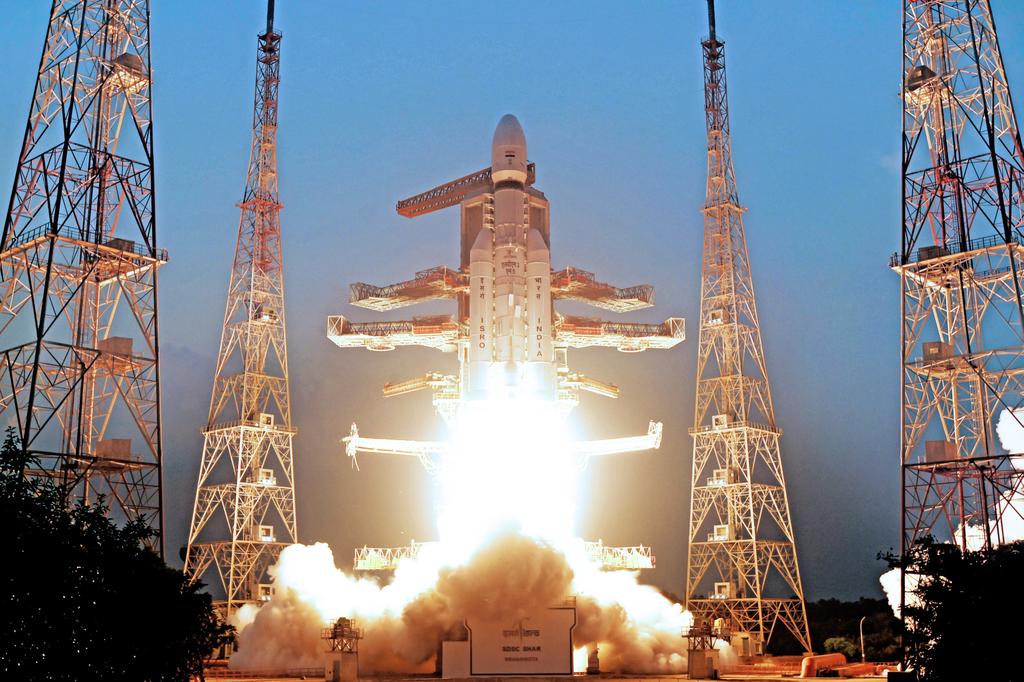Hyderabad: India’s space industry is on the brink of a major leap as Hyderabad-based Dhruva Space prepares for the launch of LEAP-1—its inaugural commercial satellite mission—scheduled aboard SpaceX’s Falcon 9 in the third quarter of 2025. The mission, a hallmark of Indo-Australian strategic collaboration, brings together some of the most advanced space technology developments across continents, signaling a new era for commercial satellite services driven by international cooperation and innovation.
LEAP-1 represents a watershed moment for Dhruva Space, signaling its emergence from successful technology demonstration missions into the domain of global commercial satellite deployments. The mission will deploy two state-of-the-art Australian payloads: Akula Tech’s cutting-edge Nexus-01 artificial intelligence (AI) module and Esper Satellites’ OTR-2, a hyperspectral imaging payload. These will be hosted on Dhruva’s indigenously developed P-30 satellite bus—an agile, modular nanosatellite platform that earned its flight heritage in January 2024 during a technology qualifying mission with ISRO’s PSLV-C58 POEM-3.
The LEAP-1 launch cements Dhruva Space’s commitment not only to Indian space technology, but to building an ecosystem whose reach extends to global customers. The mission is a multi-layered collaboration:
- India brings the platform and integration expertise.
- Australia provides avant-garde AI and hyperspectral Earth Observation payloads from its leading space-tech startups.
- United States supports the mission with SpaceX’s proven launch capability.
Such broad alliances highlight the growing interconnectedness of the space sector, with Dhruva Space’s hosted payload model making room for more entities—public and private, domestic and international—to access and utilize space affordably.
Akula Tech’s Nexus-01 will set a benchmark for on-orbit intelligence. The advanced AI module is equipped for real-time data processing and rapid retraining of AI/ML models in space, using data generated by the satellite itself. This marks a significant evolution for space-based applications—enabling near real-time fire detection, anomaly spotting, and advanced spectral analysis that can deliver actionable insights directly to government and defense agencies. The ability for in-orbit learning and adaptation turns a group of satellites into a coordinated, autonomous swarm, essentially putting an intelligent geospatial analyst directly in orbit.
Esper Satellites’ OTR-2 payload, meanwhile, builds on the company’s earlier OTR missions to push the boundaries of commercial hyperspectral imaging. Designed for Earth observation, OTR-2 employs advanced sensors to capture spectrally rich, high-resolution imagery needed for applications in agriculture, mining, environmental management, and disaster response. Esper has demonstrated that such breakthrough technologies are accessible and cost-efficient, noting that its entire OTR campaign has been executed for under $1 million—upending industry norms for remote sensing tech.
Central to the LEAP-1 mission is Dhruva Space’s P-30 platform, known for its payload-agnostic design and integration flexibility. By pairing their Ground Station-as-a-Service (GSaaS) with a proprietary Integrated Space Operations & Command Suite (ISOCS), Dhruva offers transparent and real-time mission management. Payload owners benefit from robust data downlinking and mission control, enabling timely, reliable delivery of vital information.
The convergence of Akula’s AI and Esper’s hyperspectral technology—hosted by Dhruva—addresses mission requirements across defense, climate monitoring, disaster response, environmental conservation, precision agriculture, and industrial safety. The adaptable nature of the platform will continue to drive down costs, speed up deployment, and lower the barriers to entry for new commercial space customers worldwide.
Dhruva Space has unveiled a mission patch for LEAP-1 which embodies the spirit and aspirations of this collaboration. The design weaves in national and technological motifs—representing Indian, Australian, and American participation, and drawing on the themes of innovation, unity, and the advancement of humanity through space.
Preetham Akula, CEO of Akula Tech, highlights the mission as the inaugural step in building a next-generation, AI-powered satellite industry in Australia, while Nishq Ravindranath, Akula’s Chief AI Officer, points to the long-term implications—enabling adaptive satellite constellations that evolve and optimize themselves over time.
For Esper Satellites, Co-founder Shoaib Iqbal underscores the validation of cost-accessible hyperspectral imaging, while his teammate Przemyslaw Lorenczak frames the mission as proof of Australian space innovation’s global viability, with plans for a future 18-satellite hyperspectral constellation by 2029.
Sanjay Nekkanti, CEO and co-founder of Dhruva Space, attributes the team’s readiness to strong groundwork with ISRO, IN-SPACe, and the Australian Space Agency, along with emerging interest from commercial partners in Europe and beyond—transforming Dhruva Space’s LEAP series into a recurring launch pad for hosted payloads worldwide.
Dhruva Space (India): A Hyderabad-based full-stack space engineering firm, active in satellite, launch, and ground systems.
Akula Tech (Australia): Innovator of AI-powered, software-defined satellites for multisector applications, from defense to emergency response.
Esper Satellites (Australia): Specializes in hyperspectral satellite imagery, championing affordable environmental data from low Earth orbit.
LEAP-1 is more than just a technology demonstration; it is a template for the next generation of international space missions—flexible, affordable, and globally integrated. As Dhruva Space scales up its commercial payload hosting operations, the world will watch how this pioneering Indo-Australian-American partnership reshapes access to space-derived intelligence for strategic, economic, and humanitarian gain





